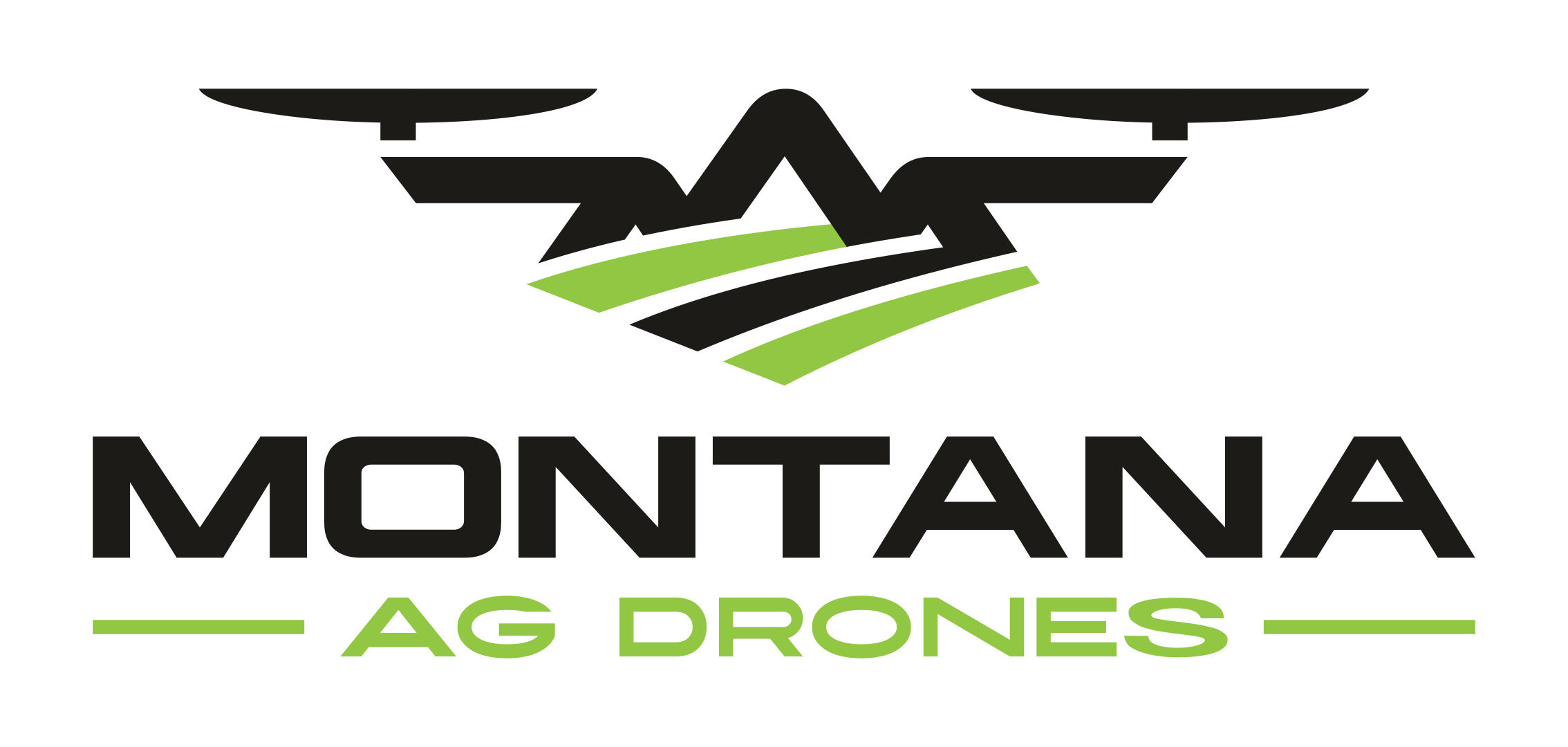Montana, with its sprawling landscapes and rich agricultural lands, is also home to a challenge that landowners must constantly address: noxious weeds. These invasive plants can wreak havoc on ecosystems, reduce agricultural productivity, and cost millions in control efforts. To combat this, the state has implemented the Montana Noxious Weed Control Act, a vital piece of legislation that outlines responsibilities for managing these invasive species. Let’s delve into what this Act entails and what it means for landowners across Montana.
What is the Montana Noxious Weed Control Act?
The Montana Noxious Weed Control Act is a comprehensive program designed to protect Montana’s natural resources by managing and controlling the spread of noxious weeds. These are plant species that, by law, have been designated as harmful to public health, agriculture, recreation, wildlife, and property. The Act requires cooperation between state agencies, local governments, and landowners to effectively manage these invasives.
Responsibilities of Landowners
Under the Act, landowners are legally required to control noxious weeds on their property. This can include methods such as mechanical removal, chemical treatments, and biological controls. The goal is to prevent the spread of these plants to neighboring lands and maintain the ecological balance of the area.
Failure to comply with the Act can lead to enforcement actions from local county weed districts, which may include notices to comply and potential fines. This ensures that all landowners contribute to managing noxious weeds effectively.
The Role of Local Weed Districts
Montana’s local weed districts play a pivotal role in implementing the Noxious Weed Control Act. These districts work closely with landowners to provide guidance on identifying noxious weeds and developing management plans. They also coordinate efforts across county lines and often offer resources such as educational programs and financial assistance for weed control projects.
Why Control Noxious Weeds?
Noxious weeds can outcompete native vegetation, reducing biodiversity and altering habitats. This, in turn, affects wildlife, agriculture, and local water resources. For farmers, these weeds can lead to significant economic losses by lowering crop yields and increasing production costs. By managing noxious weeds, landowners help preserve the health of Montana’s ecosystems and the sustainability of its agricultural industries.
Getting Started with Weed Management
If you’re a landowner in Montana, the first step in complying with the Noxious Weed Control Act is to identify whether your property has any of the designated noxious weeds. The Montana Department of Agriculture provides resources and identification guides that can help. Once identified, reaching out to your local county weed district will give you access to the expertise and resources needed to manage these plants effectively.
In conclusion, the Montana Noxious Weed Control Act is an essential legislative framework that champions the protection of the state’s natural and agricultural resources. By understanding and fulfilling your responsibilities under this Act, you not only help safeguard the environment but also contribute to a collective effort in preserving Montana’s natural beauty and agricultural productivity for future generations.



